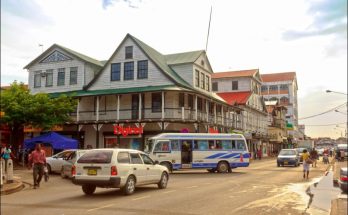The Galapagos Islands were named after the giant Galapagos tortoises. The archipelago emerged six million years ago because of volcanic activity in the bottom of the Pacific Ocean.
These enchanted place on earth is composed of 19 islands and over 40 islands with white sand beaches, dark and solid rocks, unique landscapes, deep crystal clear waters, you can swim with playful sea lions around you you watching friendly sharks cruise six feet under you. All these wonderful nature makes you feel like you’re part of it all.
He has a world record of titles and special management categories: the islands are Ecuador’s first national park, a UNESCO World Natural Heritage Site, both the Park and Land Reserve (the second largest and probably the most unique in the world); Biosphere Reserve and a sanctuary for whales.
This attractive complex ecosystem is located 1,000 kilometers (600 miles) off the coast of Ecuador, northwestern South America into the Pacific Ocean.
Some of the species most unusual and fascinating in the world, both terrestrial and marine, are found in the Galapagos Islands. Here are more of the surface (96%) is a national park, surrounded by a protected marine reserve, two UNESCO world heritage sites.
On Santa Cruz Island, the giant tortoises can be seen at the Charles Darwin Research Station (including famous Lonesome George, the turtle is no more “Pinta” island) and also in the wild in the highlands the island of Galapagos. There are 15 subspecies of giant tortoises. Some prefer the upland areas of larger islands because of humidity, grassy pastures and small ponds to drink and stagger on. Others prefer islands low altitudes, soil dry, and with lots of prickly vegetation like cactus. The largest populations are found in Alcedo Volcano on Isabela Island, and in the mountains of Santa Cruz Island.
Bird Watching
A total of 140 species of birds have been recorded in the Galapagos. Approximately half of resident birds can not be seen anywhere else in the world. You can watch the shorebirds and the lagoon, such as ducks, waders, herons, warblers, pelicans and frigates all easily accessible, as all animals of the Galapagos.
Eight species of Darwin’s finches are found on the island of Santa Cruz, most of what can be observed throughout the island. Charles Darwin’s concepts were founded by modern evolutionists studying the different beaks of these finches.
Snorkeling and diving
The Galapagos Islands are considered a prime destination for world diving and snorkeling. The protected waters of the marine reserve have been well preserved, almost untouched by outside sources. Here is the crossroads of marine currents has resulted in a unique marine ecosystem.
Galapagos Weather
Although the islands are tropical, there are two very different seasons: the warm, humid and sunny December to May and the dry, windy and not-so-sunshine from June to November.
transition months are January, April and May. The hot season offers no wind (if the sea is usually very quiet) and the visibility tends to be better. In the dry season, there is more wind, sometimes the sea tends to be rough and visibility low.
The Meaning of Galapagos
Among the first groups that came Galapagos, we had a lot of Spanish origin. Traditional Castilian language, the word “Galapago” has been used to describe the front part of the riding saddle, and seeing the many islands of turtles in previous years, but more importantly, the shape of their carapace (shell ), they named the archipelago “Galapagos Islands”. And it is the official history of the name of these islands
Visit the most comprehensive ever conducted on the Galapagos Islands and Ecuador. You can find information and solid circulating about these enchanted islands and the country they belong to (Ecuador).
Visits: 113




